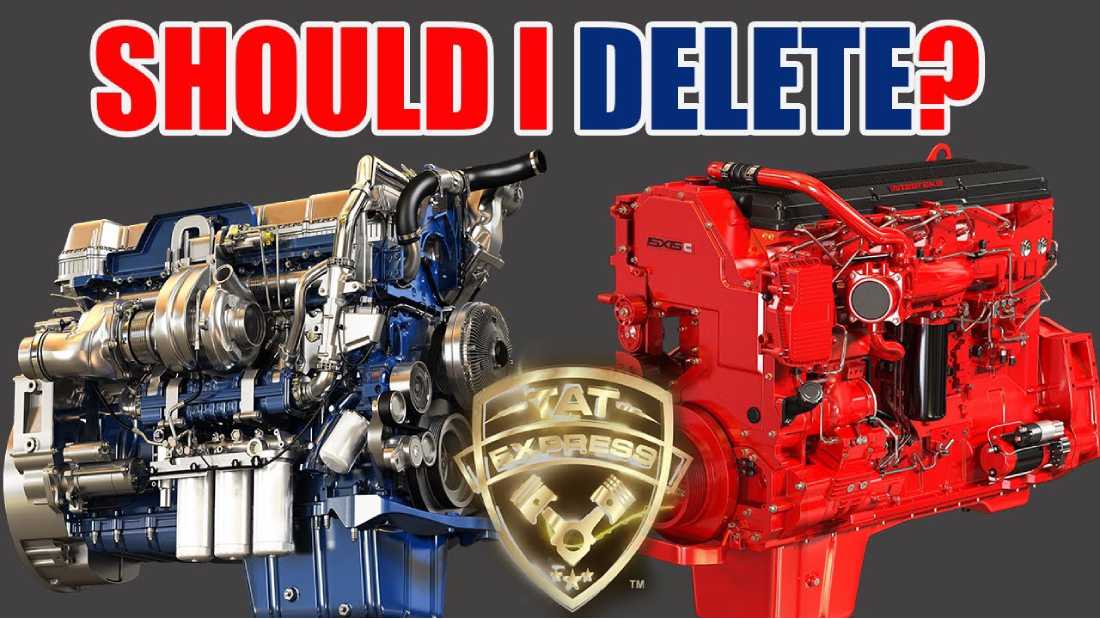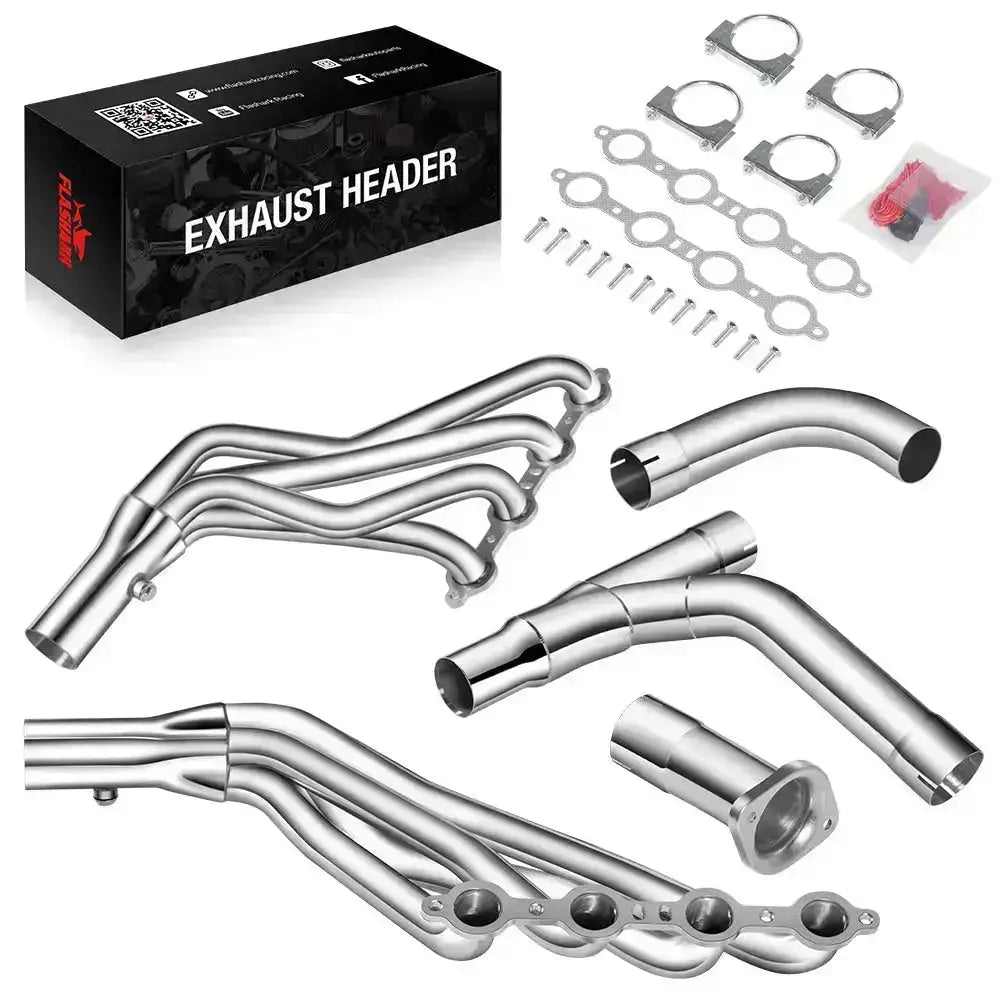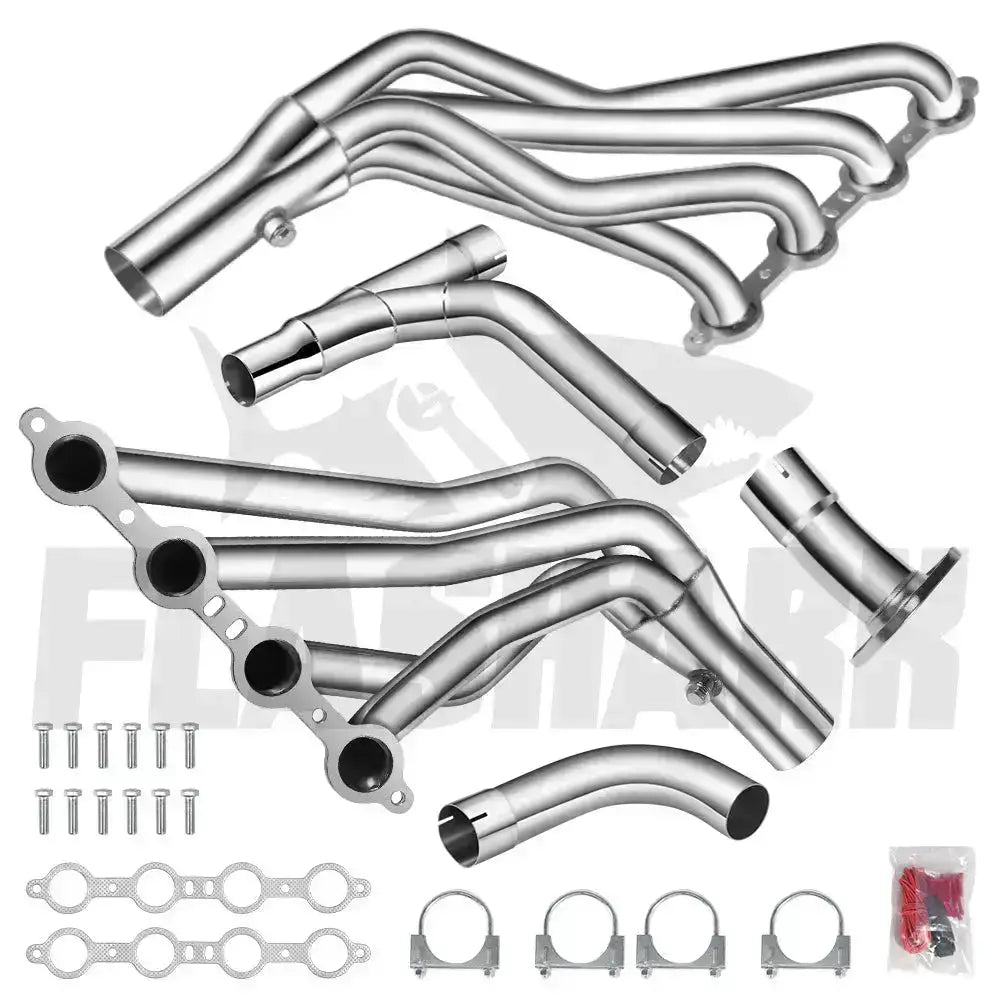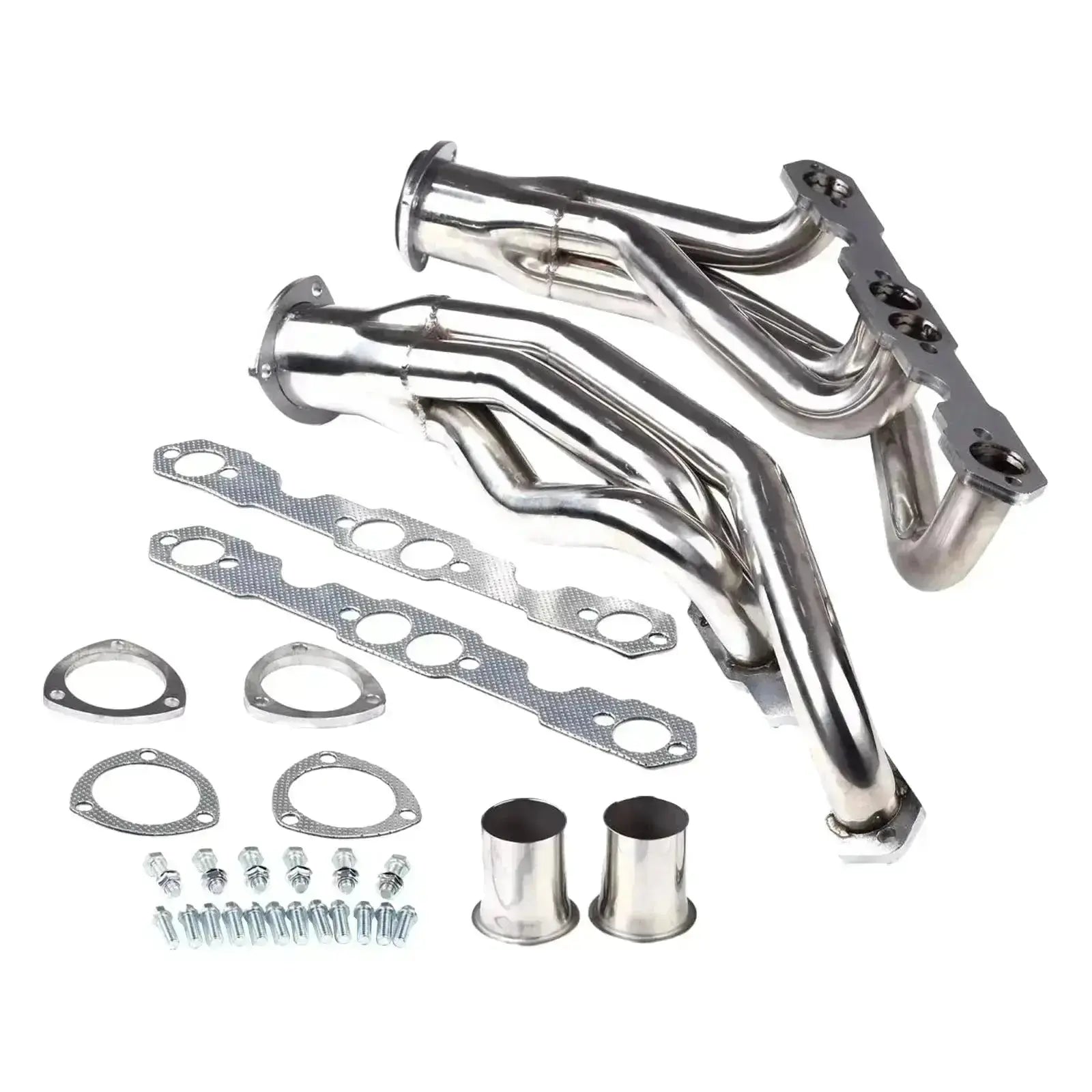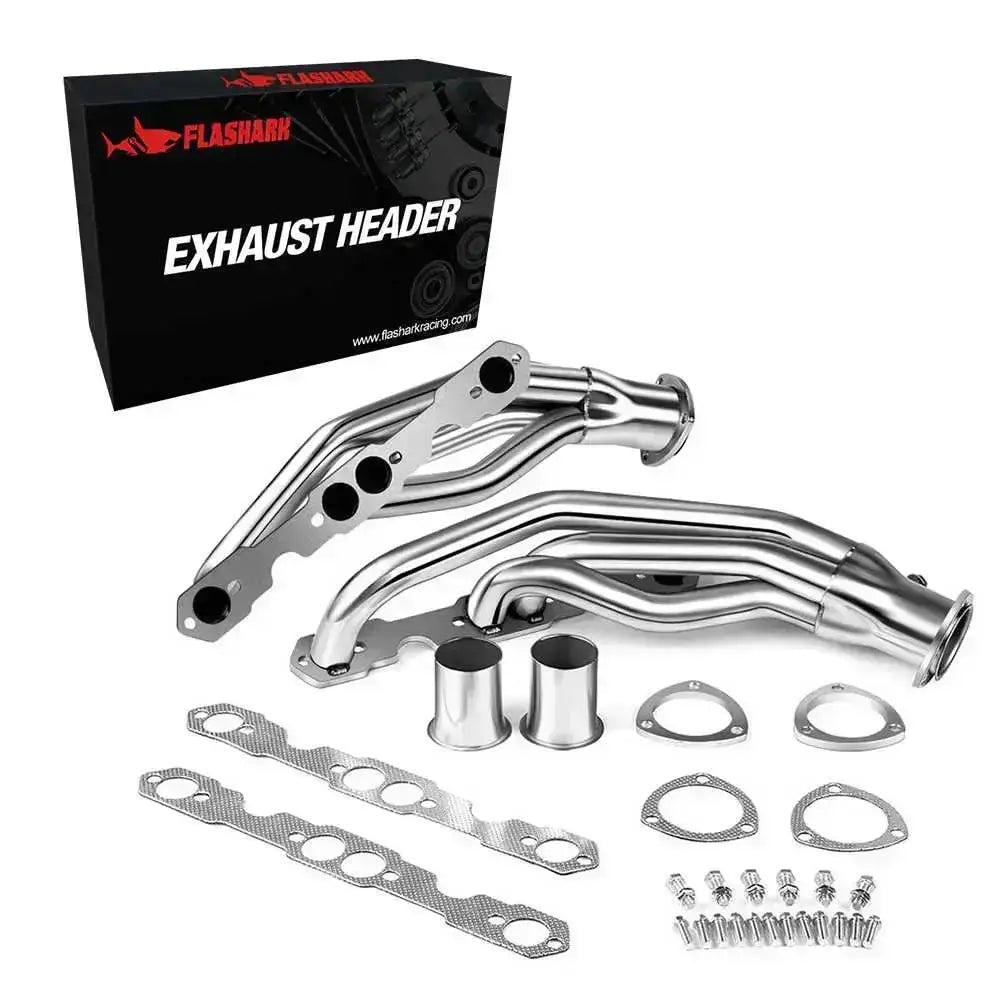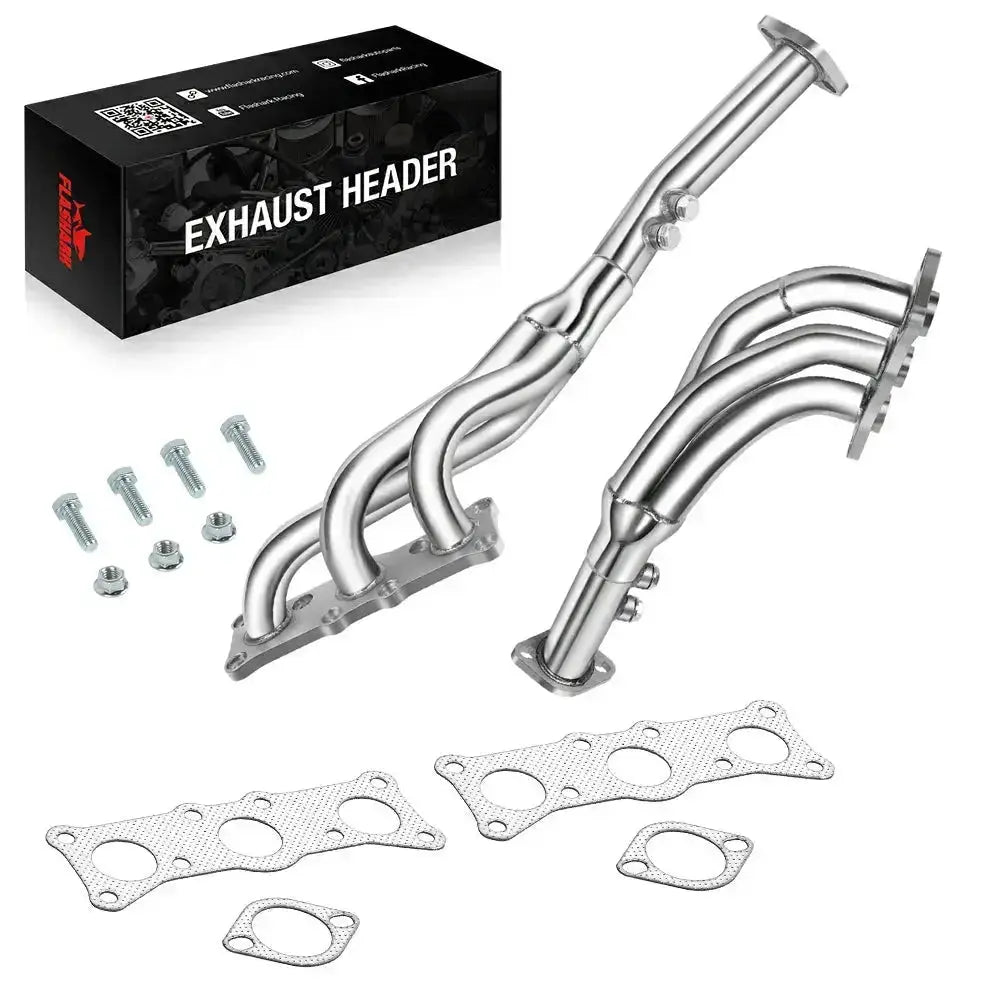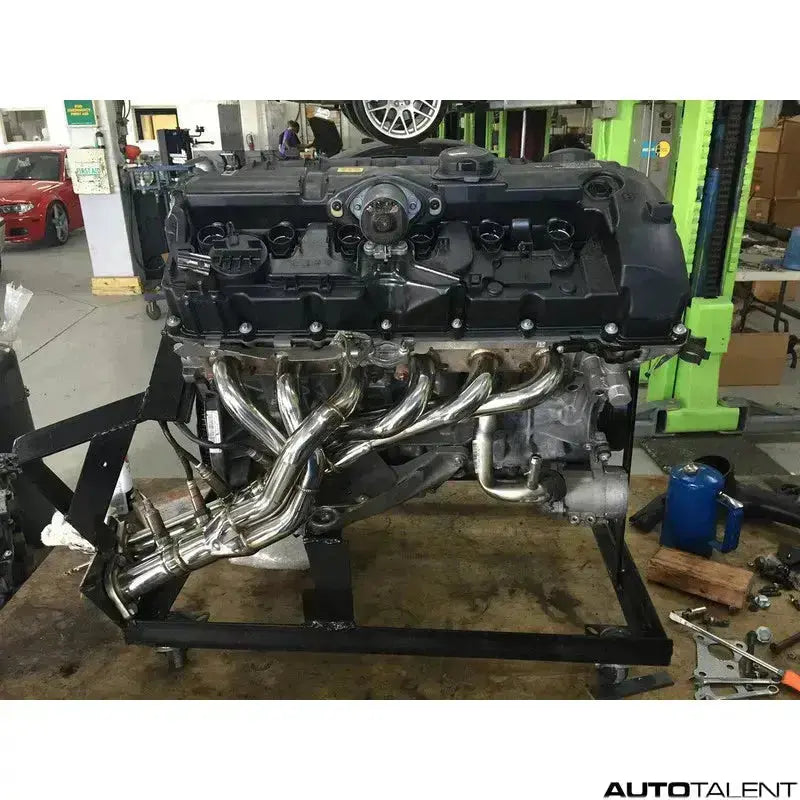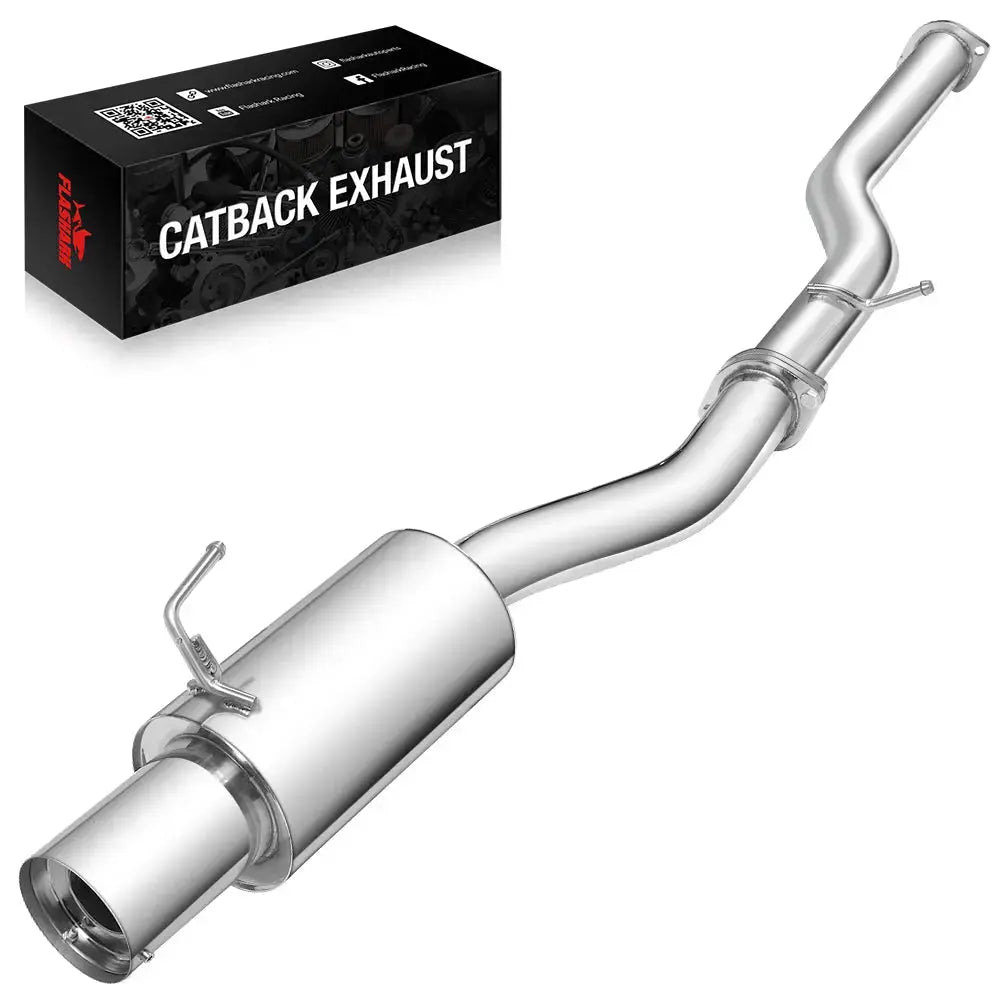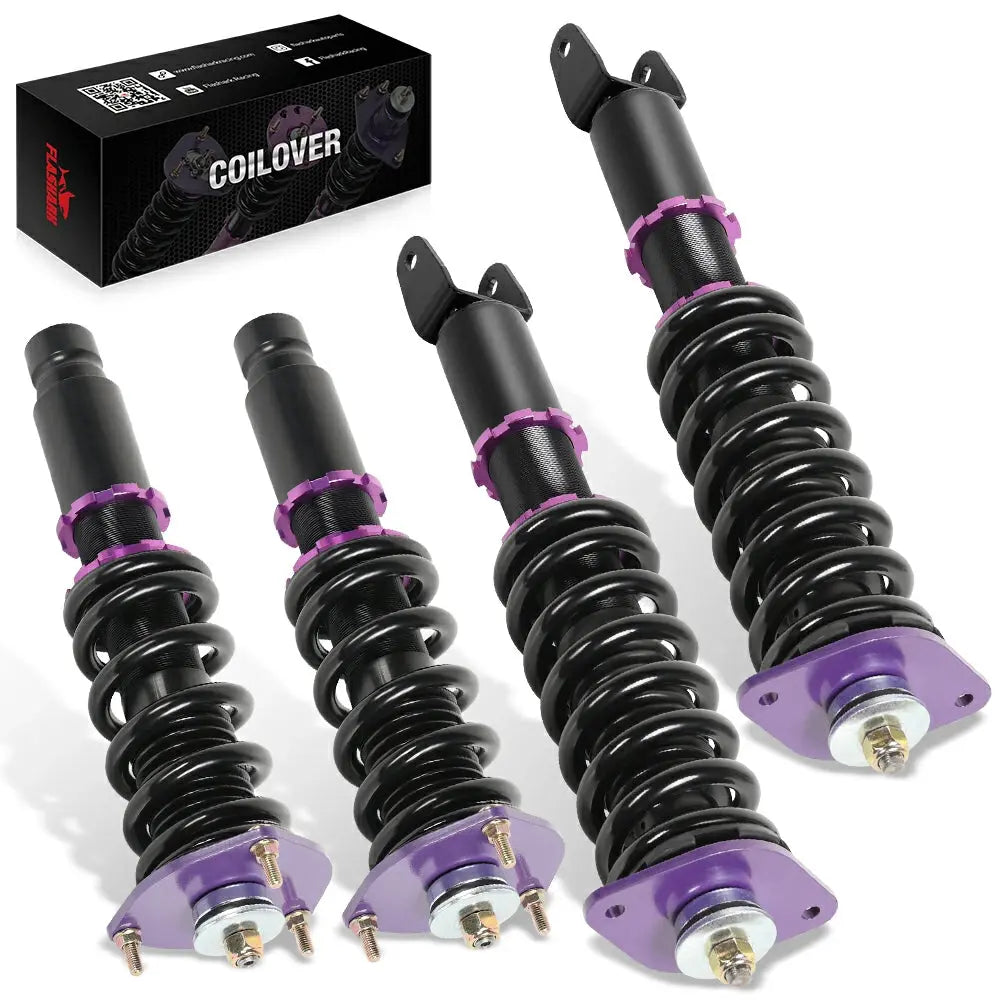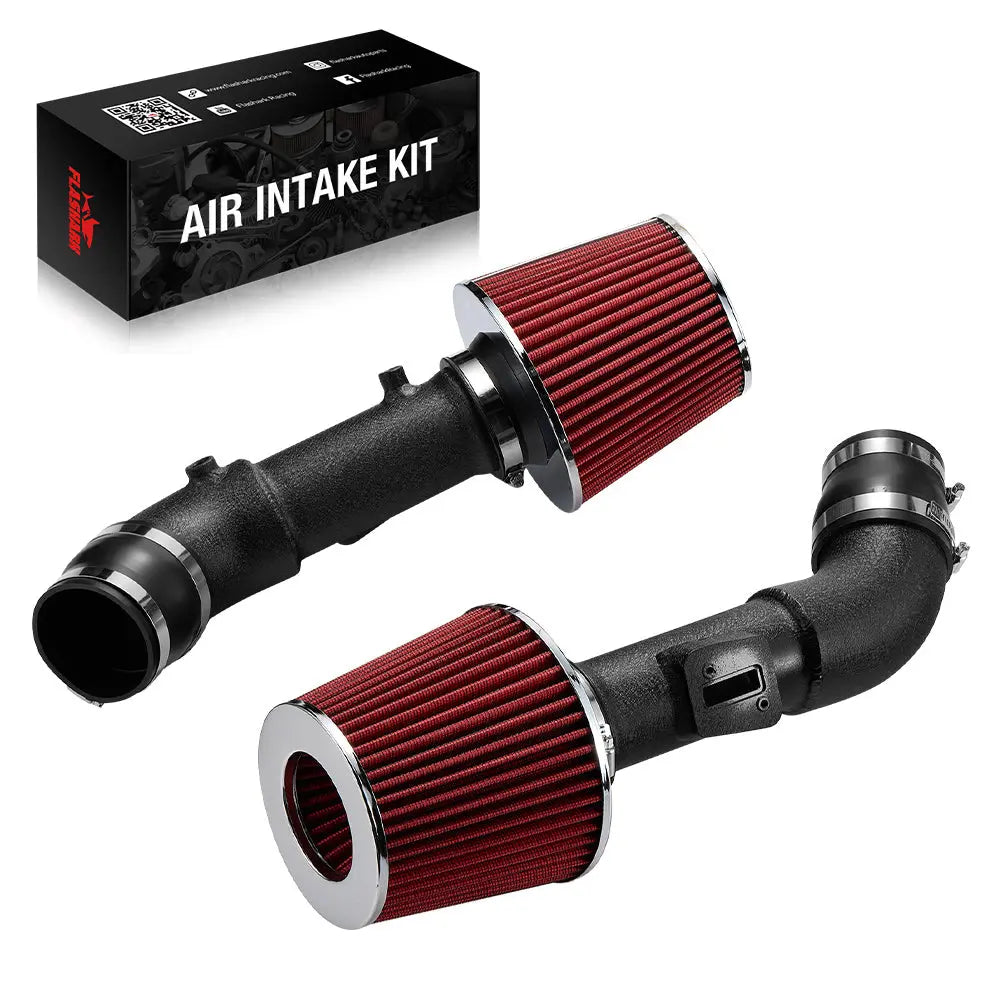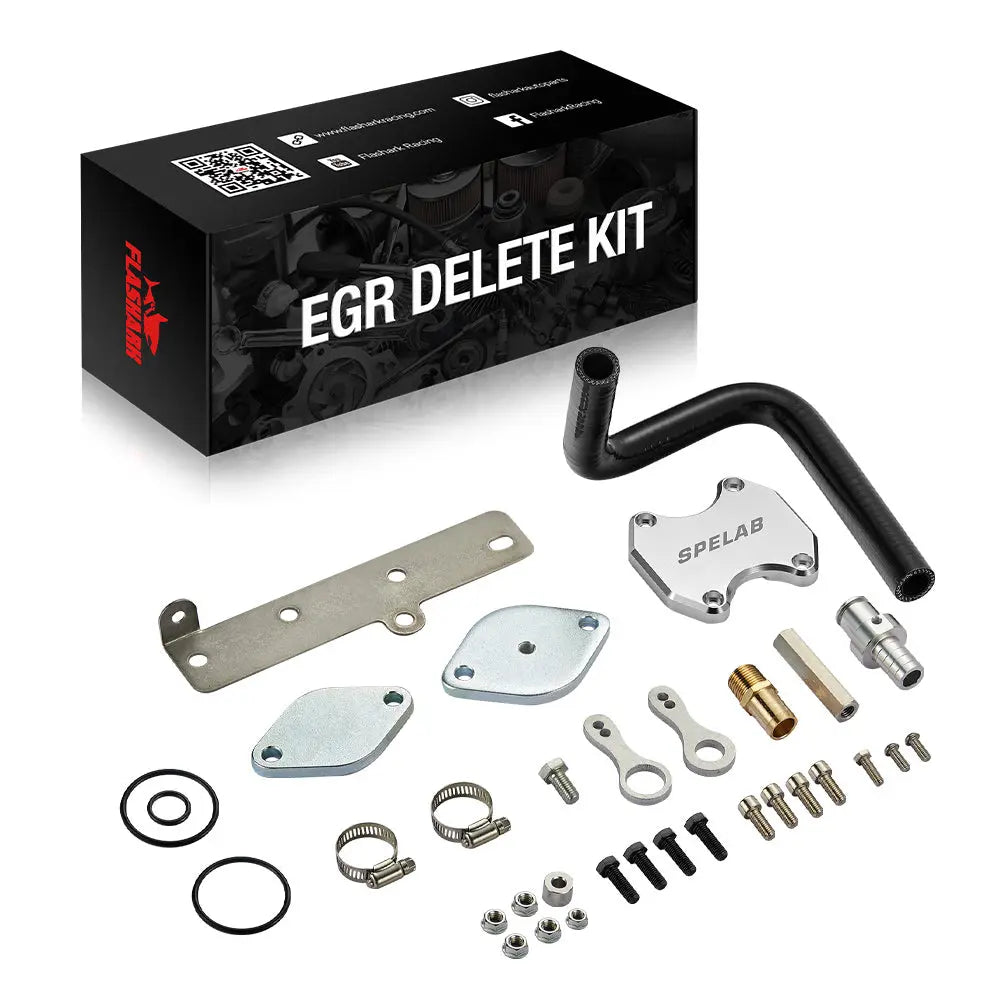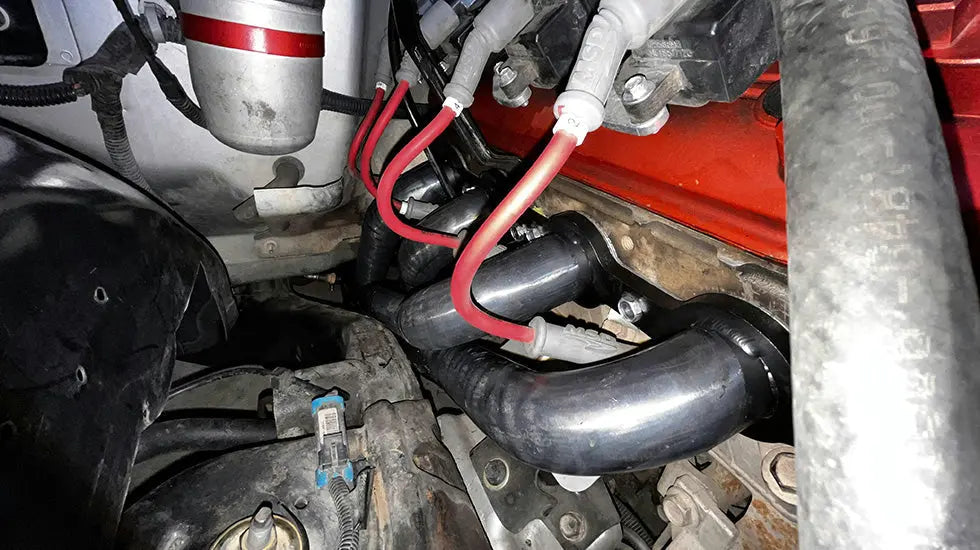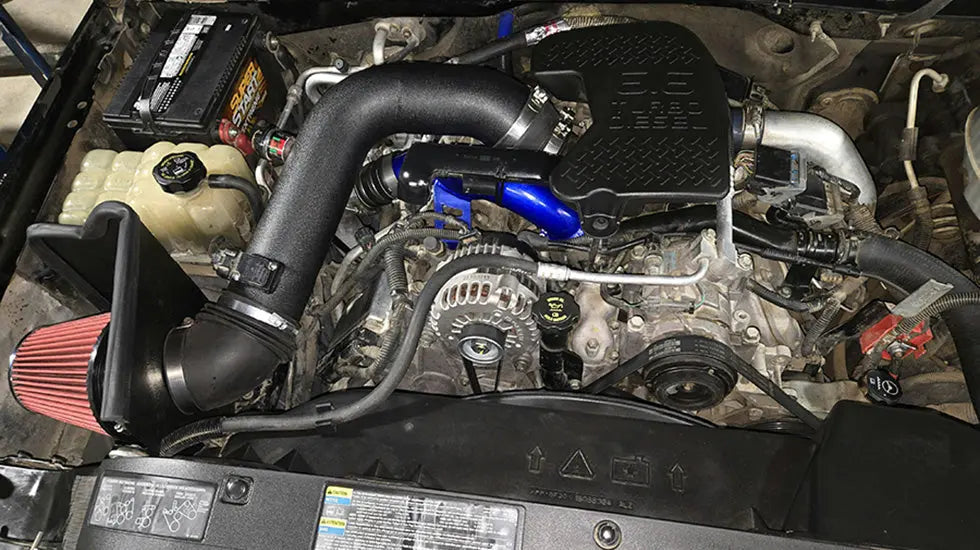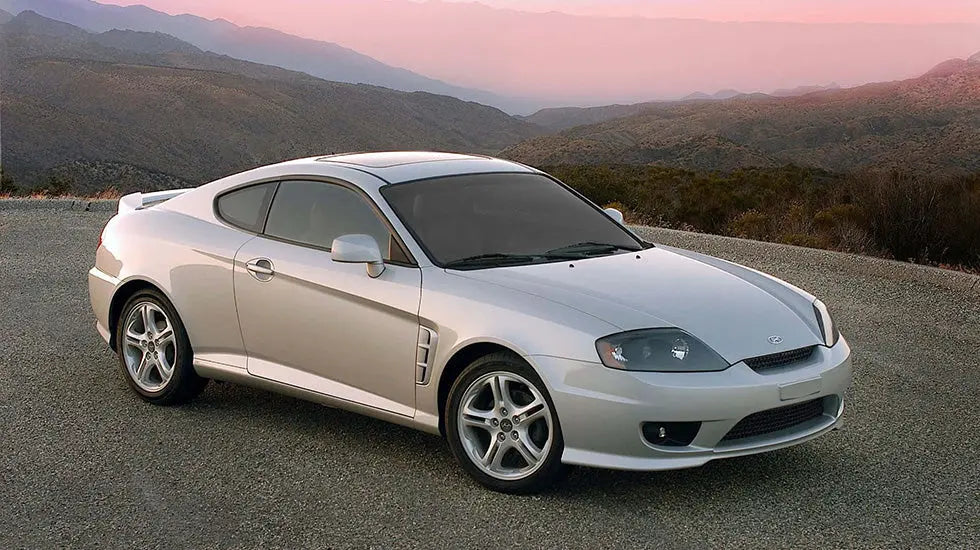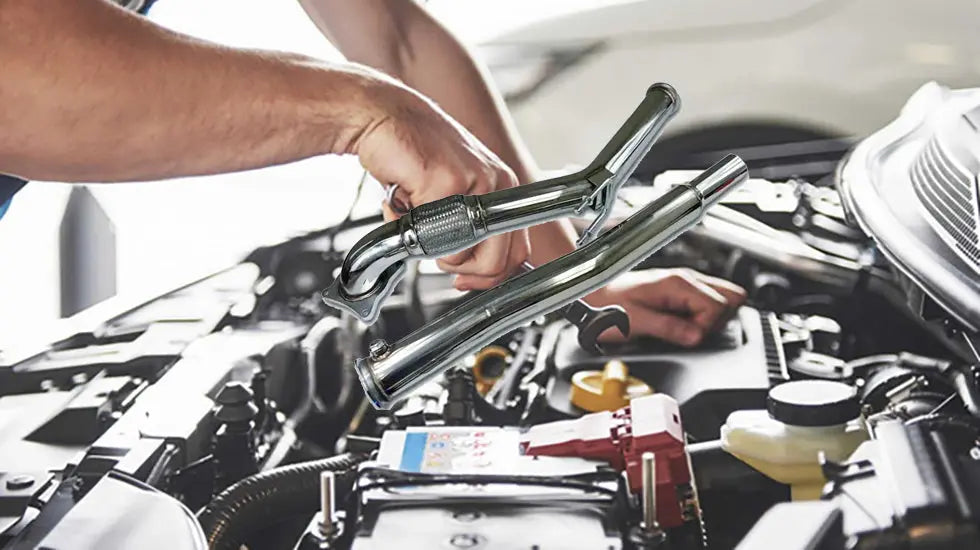DPF is the diesel particulate filter, and DPF delete is the process of detaching or deleting the filter from the vehicle. The DPF device is installed on the diesel-supporting engines. It helps reduce the amount of soot (particulate) emitted from the vehicle. DPF delete is the removal of DPF from the exhaust system. On the other hand, an EGR is defined as the exhaust gas recirculation system which is installed to reduce the number of total nitrogen oxides in the engine. There are kits available to delete both DPF and EGR.
A DPF delete kit is a set of parts that mechanics use to eradicate the DPF (diesel particulate filter) from the exhaust system of a diesel engine. The 6.4-liter engine is a typical diesel engine used in many vehicles, and it is possible to purchase a DPF delete kit for this engine. However, it is essential to note that a 6.7 DPF delete kit is a significant modification that can have serious consequences if not done correctly.
6.7 Cummins and 6.7 Powerstroke dpf delete kit are the kits for other engine types used in trucks and heavy vehicles. Different delete kits are available, like the 6.4 DPF delete kit and DPF delete pipes.
Benefits of performing DPF delete
Before we go towards the dangers of a DPF delete or whether we should perform a 6.7 DPF or EGR delete or not, let's learn about some of the benefits:
- When the DPF does not restrict the engine, it results in more power and acceleration. 6.7 Cummins DPF delete can improve the efficiency of the engine in a few ways
- After DPF delete, the engine's fuel efficiency can be improved, according to some evidence. The engine does not need to push the gases hard, so it will consume less fuel. We can say that 6.7 DPF delete can improve the fuel average.
- The engine does not need frequent maintenance after DPF delete using the 6.4 DPF delete kit.
Effect of DPF delete on engine
Removing the DPF (Diesel Particulate Filter) from a vehicle can have a negative impact on engine efficiency. The DPF is designed to help reduce emissions by trapping particulate matter, such as soot, in the exhaust of a diesel engine. When the DPF is present, the engine is optimized to work with it, and removing it can result in decreased fuel efficiency and increased emissions.
Without the DPF, the engine may produce higher levels of particulate matter and other harmful emissions, which can be detrimental to both human health and the environment. Additionally, removing the DPF can lead to increased wear on engine components and potentially shorten the lifespan of the engine.
In most cases, it is observed that consumers are happy after a DPF delete as they think that it is improving the engine efficiency. It depends upon the procedure and the delete kit also how and when you perform DPF delete. Performing DPF delete in a wrong and rough way can ultimately damage the engine.
Should we perform a DPF delete or not
While a DPF delete may improve a diesel engine's performance and fuel efficiency, it can also have serious consequences if not done correctly. Some of the dangers of a DPF delete include the following:
- Increased wear and tear on the engine: Removing the DPF can cause the engine to run lean, which can increase the wear and tear on the engine and potentially cause it to fail.
- Higher emissions: A DPF delete can cause the vehicle to emit higher levels of particulate matter, which can affect the quality of the environment and may be illegal in some areas.
- Decreased fuel efficiency: Removing the DPF can result in increased fuel consumption, which can offset any potential gains in performance.
- Legal consequences: In many countries, it is illegal to modify the emissions control system of a vehicle in any way that results in higher emissions.
- Hazard to human health: A DPF delete can lead to severe hazards to human health as the engine emits pollutants into the environment.
Before proceeding, it is essential to carefully consider the potential risks and consequences of a DPF delete. If you are considering a DPF delete, it is always in the best favor of the customer to consult with a qualified mechanic or professional before making any modifications to your vehicle.
Conclusion
Although DPF delete is not recommended legally due to the possible environmental and health hazards, you can perform it for your engine. In order to protect and maintain the engine, you can use the DPF delete kits in some cases. The process is not recommended if the engine is at risk of damage after DPF delete. If it is necessary to perform DPF delete, you should use the highly efficient DPF delete pipe. Better to take the services of a mechanic.

